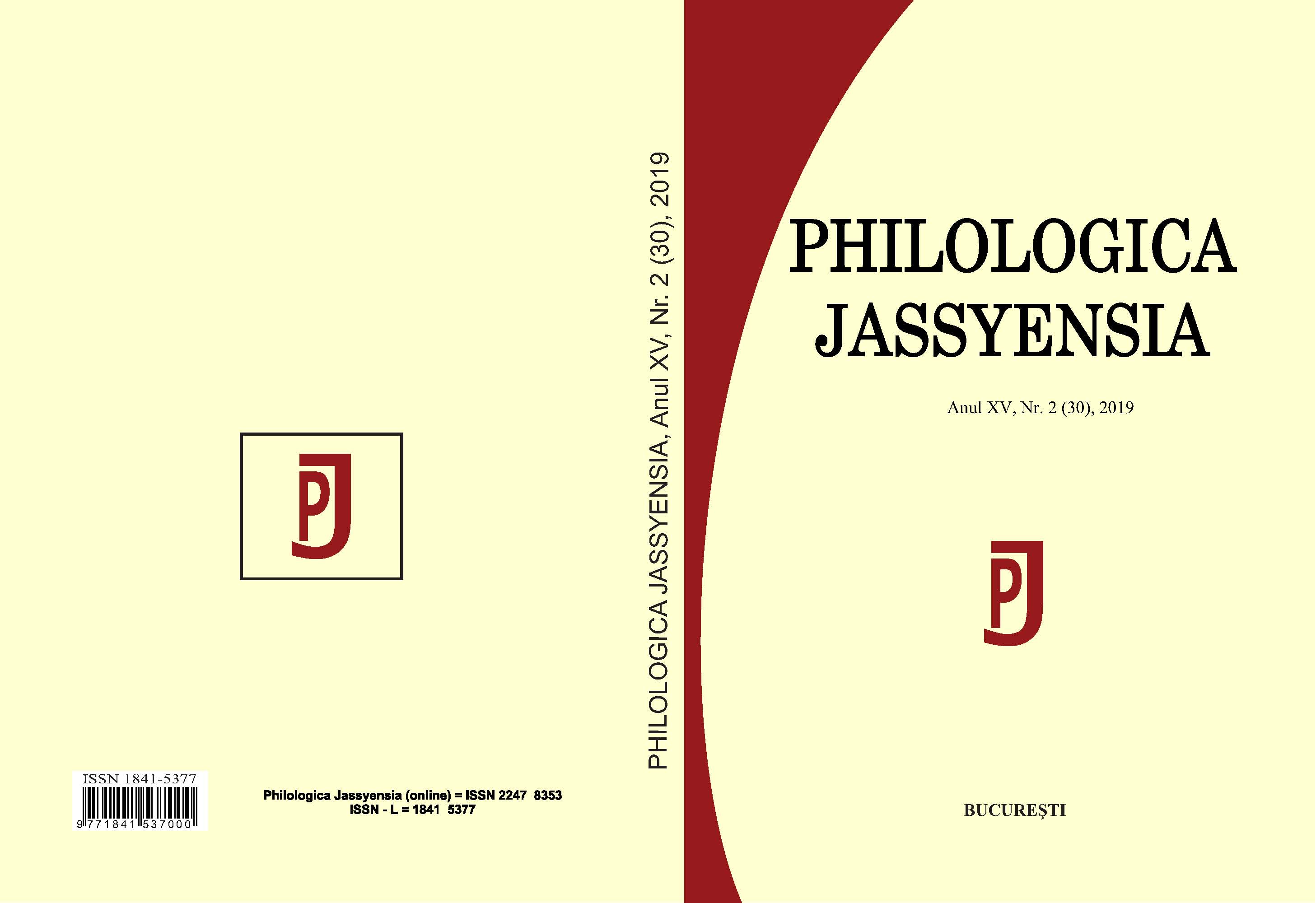Plurilingualism and Learning. Neighbouring, Regional or Minority Languages in Serbia. Romanian as a Case Study
Plurilingualism and Learning. Neighbouring, Regional or Minority Languages in Serbia. Romanian as a Case Study
Author(s): Mirjana ĆorkovićSubject(s): Language and Literature Studies, Translation Studies
Published by: Editura Tracus Arte
Keywords: language education policy; language ideologies; community languages; heritage languages; languages of social cohesion
Summary/Abstract: The paper focuses on the implementation of plurilingualism in language education policy in Serbia, based on Romanian as a case study. The aim is to clarify the place of neighbouring, regional or minority languages in education in L1, and L2 learning, in the multilingual and multicultural context of Serbia which borders Romania. Initially, the paper draws upon interdisciplinary studies on critical sociolinguistics and language education policy in EU, which are marked by language ideologies of linguistic and cultural diversity. Afterwards, the implementation of plurilingualism in Serbia is analysed, the results indicating several interpretations and underlying principles: from ideology of equality and plurality, to ideology of neoliberal economy. It is argued that the first one protects and promotes linguistic and cultural diversity in Serbia through education in minority languages as L1, while the latter one restricts the offer of L2s, in which these appear only at university level. The conclusion advocates for different stakeholders to take into account the missing educational and social value of learning community, regional or minority languages as L2s on all levels of education, and to promote it as beneficial for both minority and majority students, and society as a whole.
Journal: Philologica Jassyensia
- Issue Year: XV/2019
- Issue No: 2 (30)
- Page Range: 259-277
- Page Count: 19
- Language: English

